The A to Z of Eurorack modular synths
Join us on an alphabetic whistle-stop primer through the ever-expanding cult of Eurorack
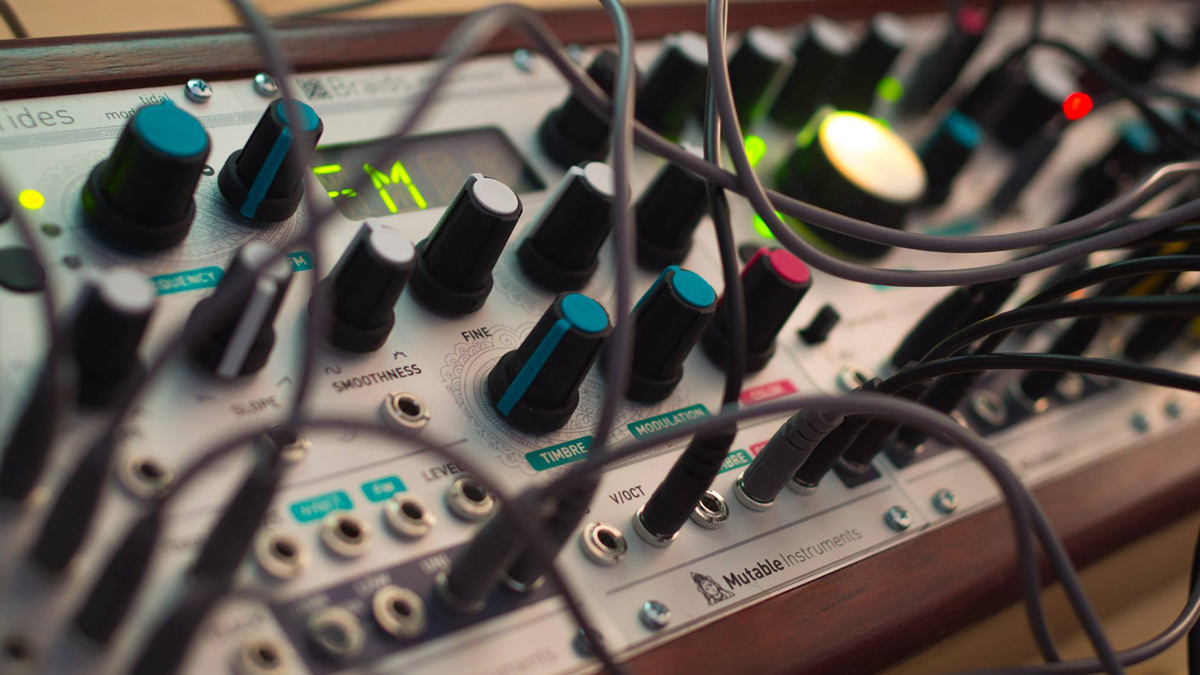
Intro
Let’s embark on a journey through the pioneering frontier of synth hardware. A land of strange, esoteric panels, and peculiarly-named devices that couldn’t possibly be justifiable releases for big, multinational hardware manufacturers with large overheads and more mouths to feed.
A World with over 1000 modules, where our ultra-Franken-synth can do or be more or less anything we can imagine. It’s a world where you can email the company with questions about its new module, and get a reply not from a form, but as a personal message from the person who actually designed and built it.
Like anything, Eurorack isn’t intimidating once you know some of the fundamentals - there’s just a lot of choice, and certain risks to be aware of. What you need is to know how it works, its history, to meet some of the best-known players and artists, and to find out how to learn more. You just need a guide, and some discipline.
So keep clicking that 'Next' button, and all will be revealed. Best leave your purses and wallets at the door for safe keeping.
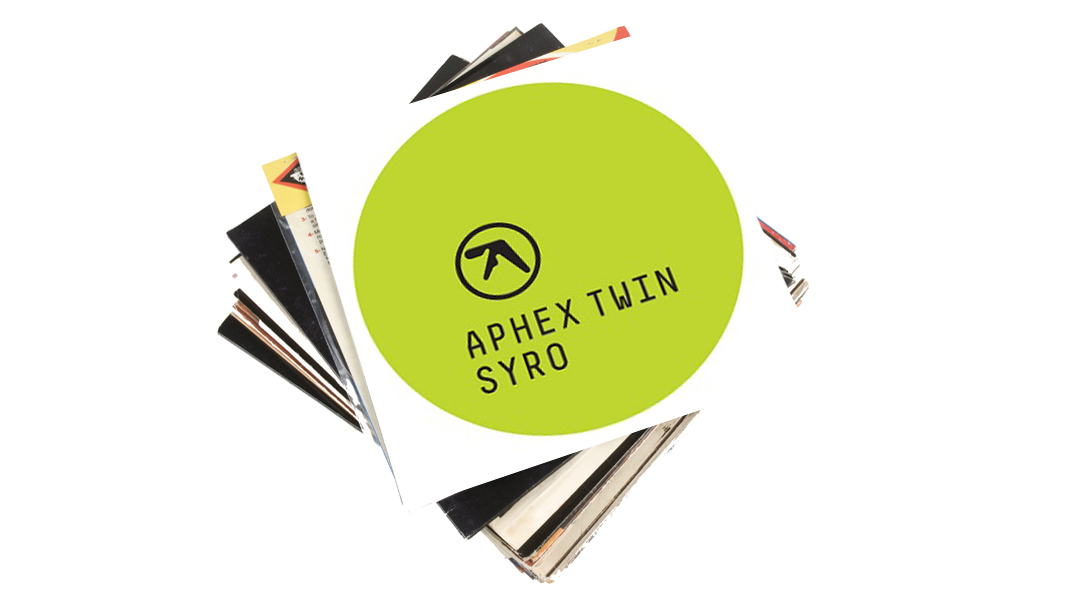
A is for Aphex Twin
You have to take his word for it, but it’s pretty likely that the seemingly effortless wizard of electronic music is partial to his modulars, emphasis very much on the plural. You can infer their presence from track names and interviews.
But does he have a Eurorack? The answer came on his exhaustive kit-list bundled with Syro, which seems to confirm that he does indeed - where Intellijel’s through-zero analogue Rubicon VCO and Make Noise’s Buchla-tastic DPO VCO are name-checked.
There’s also an image floating around of an intense-looking ginger cat before a world-ending wall of (largely) Doepfer Eurorack, with cushions for communing with the synth Gods in front of it - rumoured to be his. Is it? Who can say. And will we be as creative if we buy all of it? Moving swiftly onwards...
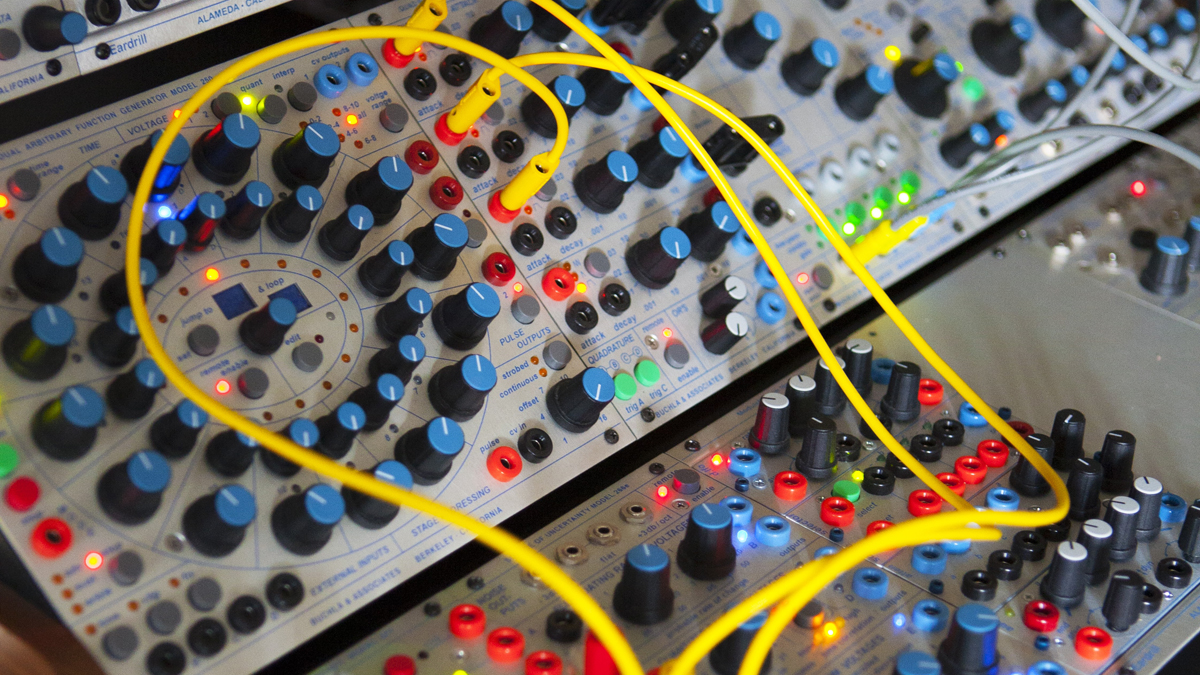
B is for Buchla
Where mighty Bob Moog’s design philosophy typifies ‘East Coast’ subtractive synthesis, Don Buchla’s West Coast Buchla & Associates company pioneered an esoteric generally filterless alternative, functionally speaking.
Of course, both philosophies were strange and new when they were dreamt up. But while many synths available today owe an element of their designs to the Minimoog, Buchla’s designs have inspired many a Eurorack module.
Aphex’s Make Noise DPO is quite clearly a tribute to the Buchla 259, their Optomix kind of half a Buchla 292, and Pressure Points kind of a part Buchla 216...plus Serge TKB.
Bottom line - if you want to get into a non-subtractive-synthesis headspace, Eurorack lets you do it.

C is for Control Voltage
Of course electricity powers our computers but there’s something marvellous in the idea that the ‘MIDI CC’ of modular, is...CV. Literal actual controlling volts of electricity flowing down wires as we cross-modulate our modules into sonic oblivion.
Most Eurorack tends to obey the 1V/Oct standard of (most) Moogs so most Eurorack modules generally interface predictably with most other modules (and analogue gear). You may just require the odd ‘attenuverter’ to boost/quieten/invert your voltages to better suit certain unruly modules.
For those with Hz/V-scaled Korg MS20’s, Harvestman produce the handy English Tear module to convert its more unusual voltages and triggers to Eurorack, and vice versa. Your Microbrutes and Mother-32s speak its language from the get-go.
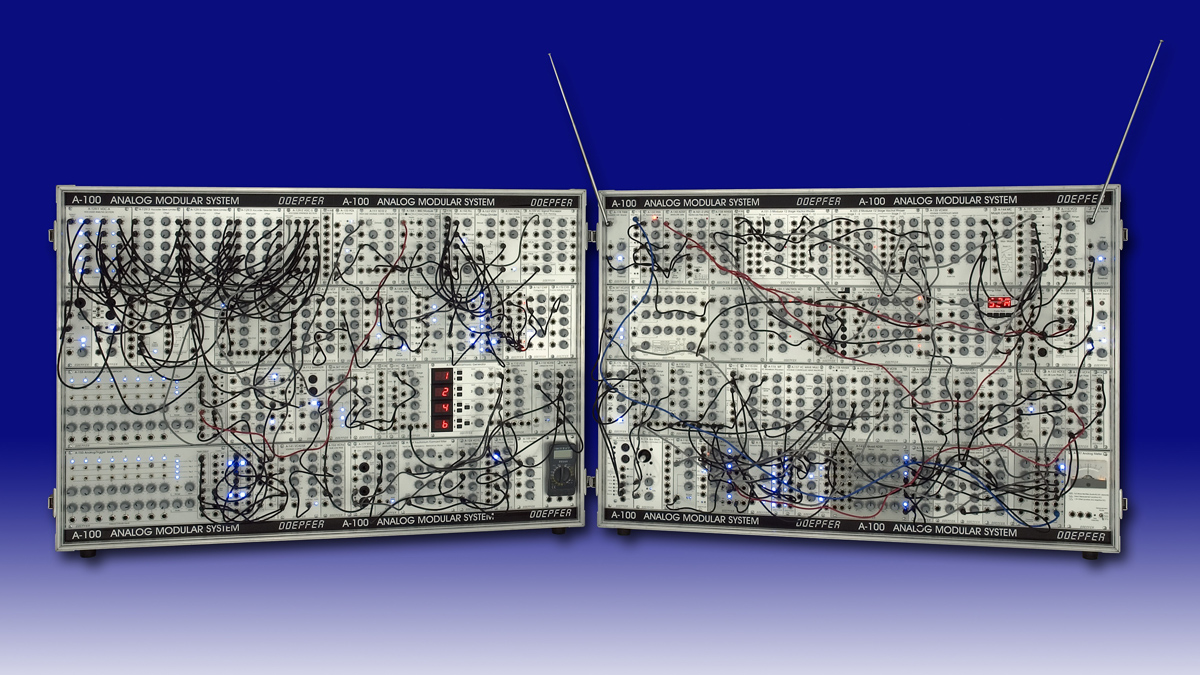
D is for Doepfer
Generally credited as the father of the Eurorack synth movement (Bob Williams of Analogue Systems, a similar format, began the same year), Dieter Doepfer first showed the A-100 analogue modular system at Musikmesse 1995.
The ‘new' Eurorack explosion is just the most recent chapter of the story. Back when Roland released the MC-303, analogue modulars were very much available. 20 years later, Doepfer has built what is certainly one of the broadest, most solidly made and most reasonably-priced Eurorack module catalogues of any manufacturer.
The company's filters are particularly appealing. Despite being made in Germany, and sounding excellent, Doepfer's modules will suit those who are working to a tighter monthly budget.
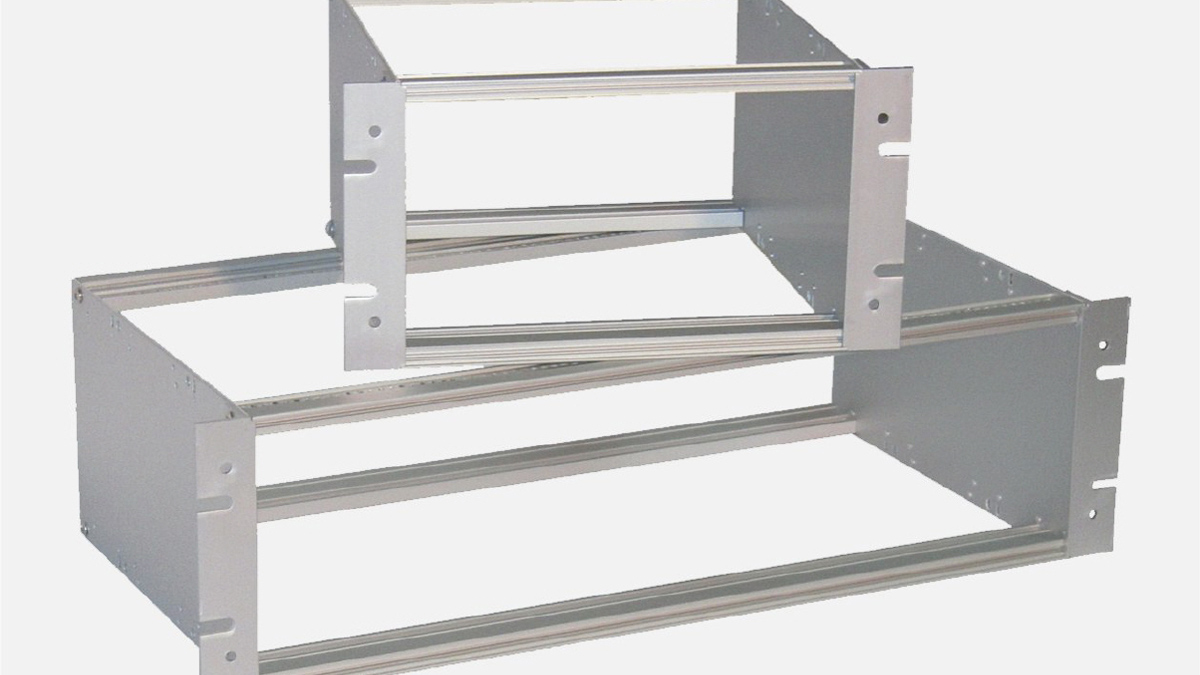
E is for Eurorack
“Eurorack” was originally (and still is, for many) a word that has nothing to do with synths. It’s actually a hijacked adaptation of an industry-wide 19-inch mounting standard, a convenient housing system for technical equipment. Which, it sort of still is.
Using panels and rails manufactured by Gie-Tec in Germany (and sticking to 3U high only) Doepfer turned something intended more for power stations into something intended more for Kraftwerk (German pun for you there... Boing Boom Tschak).
In fact, you can purchase industrial rails made by Vector or Gie-Tec themselves, and, peeking at Doepfer’s specifications and design principles, build your own Eurorack case.
Spoiler: You’ll learn to appreciate the value of just buying one.
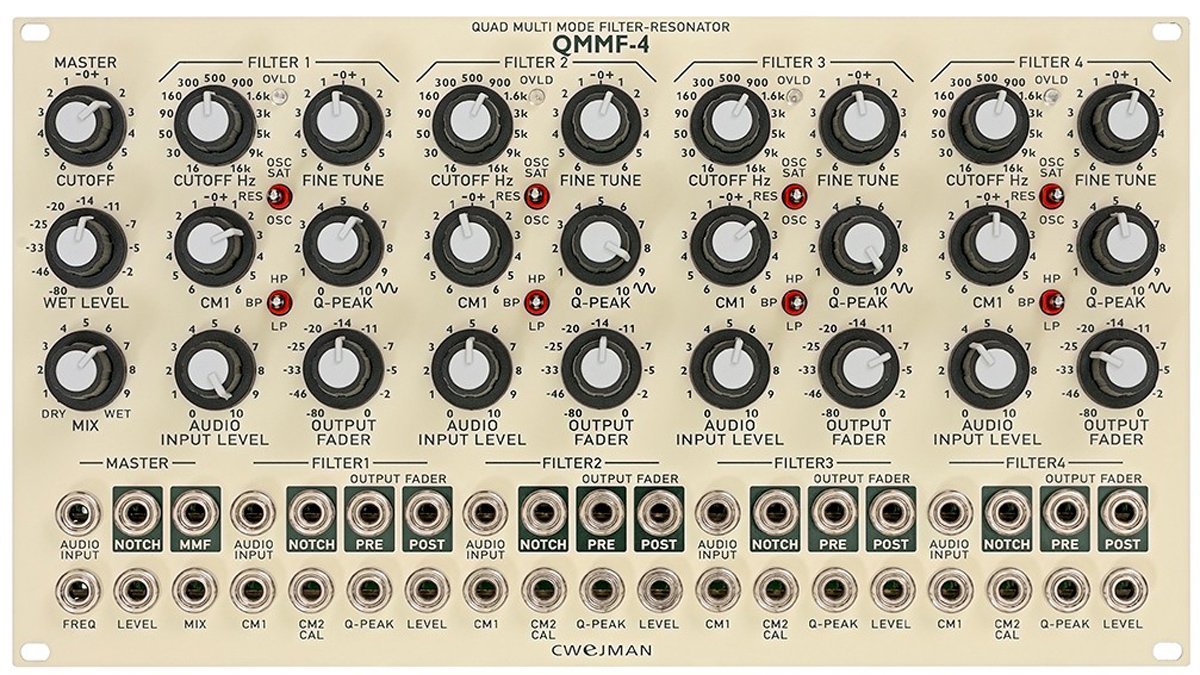
F is for Filters
Everyone has a favourite filter, and one of the biggest draws of Eurorack is being able to have over a hundred. It’s not easy to count (not all are in production, while some are DIY), but there are certainly more than 130 different Eurorack filters out there, with more appearing all the time. Doepfer has 19 on its own (in production).
Want a mind-bending precision playground? Try the Cwejman QMMF-4. Want vintage clones? Try AM Synths, Doepfer and Studio Electronics (and link above). Want Bonkers? Think Ieaskul F. Mobenthey Sprott, WMD Micro Hadron Collider and Doepfer Wasp.
There are literally hundreds more. Perhaps your Eurorack will just be a powerful filter-bank with no VCO. Why not? Gotta catch ‘em all...
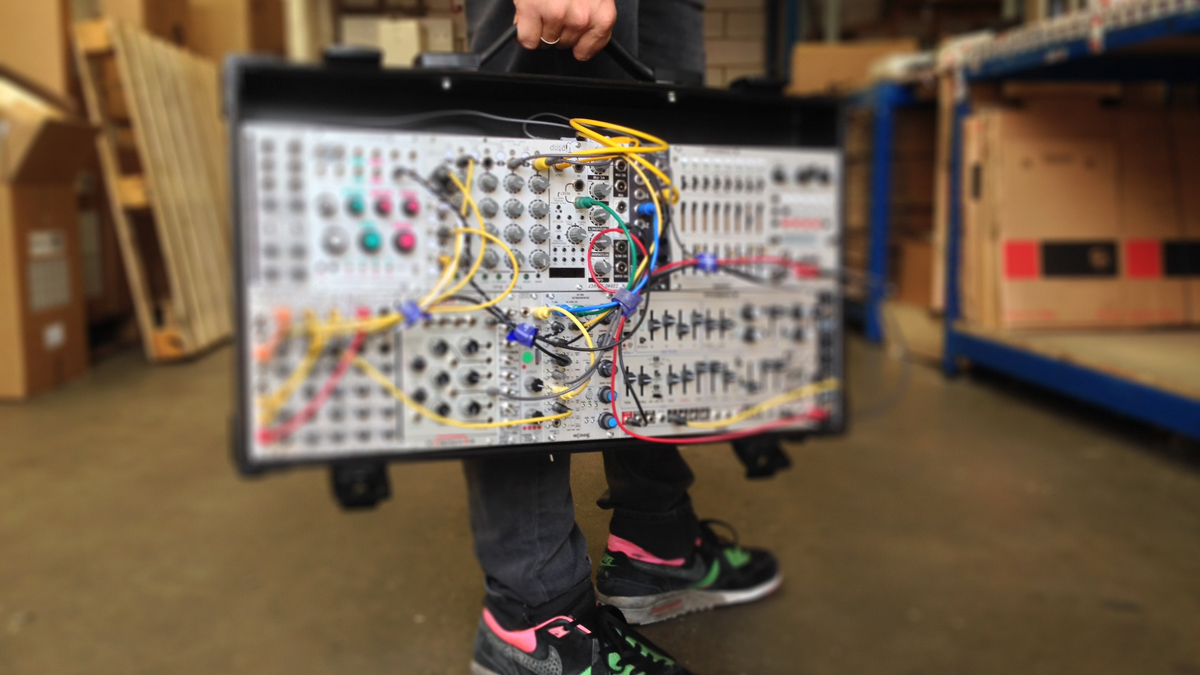
G is for Groovebox
It’s funny that the Roland MC-303 came out the same year as the Eurorack modular did, as arguably one of the most exciting expressions of Eurorack is building a live performance rig.
Within Eurorack there are complete voices and sequencers, analogue drum modules triggerable by inspiring and unique pattern generators, distortion, compression, insane reverbs and delays and performance mixers which we can all stuff into portable cases. Turn up at the venue, pop the lid off, and melt faces.
We can sync MIDI hardware via dedicated modules, too. Best of all, there are CV to MIDI converters, so our immense Eurorack sequencers can sequence MIDI polysynths. Sound fun? It is.
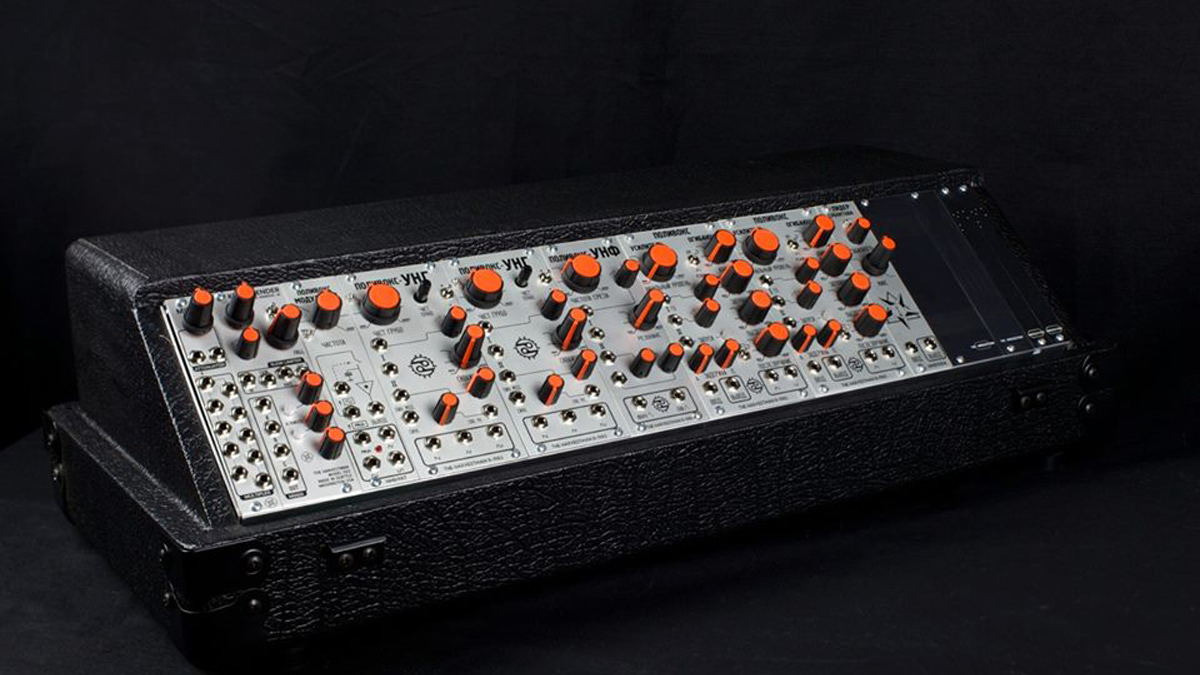
H is for Harvestman and Horizontal Pitch
Seattle stalwart Scott Jaeger’s easily spotted orange-knobbed modules are a strange mixture of digital and analogue, with recent ‘Mark II’ editions of his through-zero FM dual digital Hertz Donut and wild-wavetable-morphing Piston Honda oscillators now available.
On the analogue side are authentic licensed recreations of the designs of the brutal Formanta Polivoks synth (joining Erica Synths of Latvia in that quest), with Harvestman’s Iron Curtain synth being a limited edition standalone edition which combines a host of these into one system. Your system could marry both analogue and digital. In fact it should, because to do so is awesome.
Horizontal Pitch
Horizontal pitch is the measurement of module and case width in Eurorack, with one HP being equivalent to around 5.08mm. It’s an all-important measurement, since HP determines quite how many lovely modules we can stuff into our racks, and becomes an expensive premium depending on how much remains.
84HP (426.4mm) was for a long time the ‘default width’, based on that 19” Eurorack standard, but as other companies have gotten their hands on uncut Gie-Tec and Vector rails, wider common widths have started appearing, such as 104HP - (apparently) chosen by case manufacturer Goike because it was the widest he could carry horizontally through a doorway.
More significantly, 104HP width (assuming 6U height - more on that later) keeps a portable Eurorack case under most airlines' carry-on restrictions.
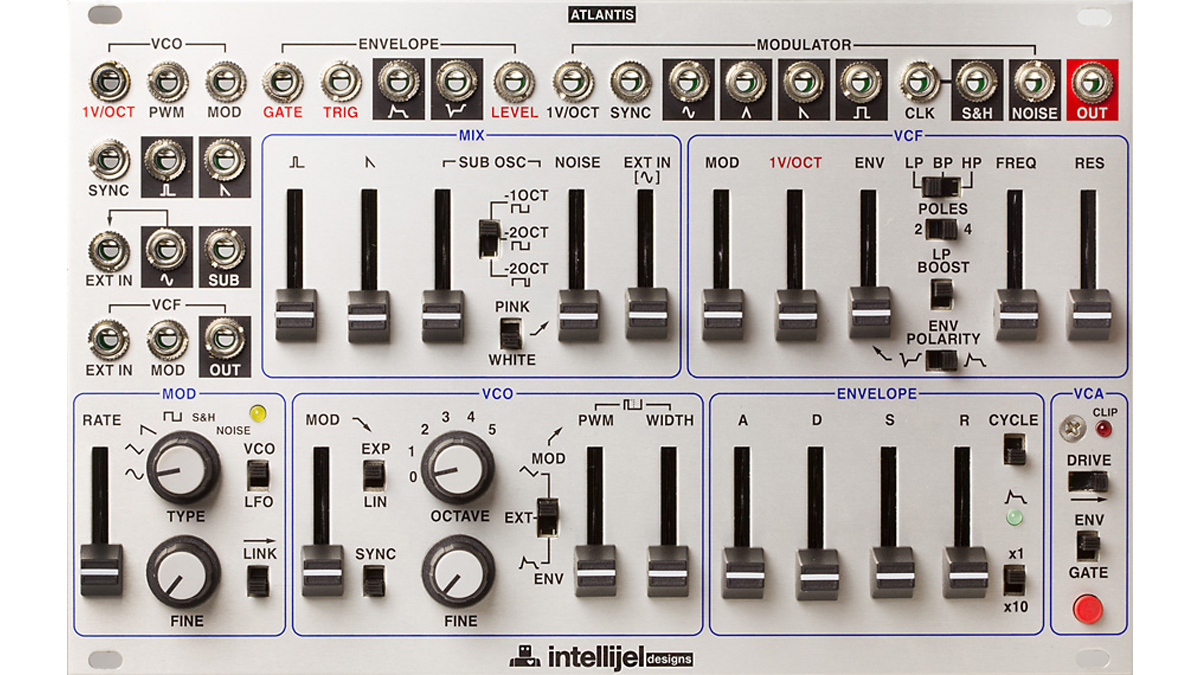
I is for Intellijel
The designs of Canadian manufacturer Intellijel certainly pop up in a fair few cases. They’re the originator of one of the thinnest (but still excellent sounding) VCOs in the format - the Dixie.
They’re also the company that made the Detroit-wet-dream combo of RYK M185 Metropolis sequencer and SH-101-inspired Atlantis voice. These pair well together, especially if you’re planning on making a live performance rig that balances immediacy with patchability.
Intellijel's VCO masterpiece, however, is our friend Aphex Twin’s Rubicon VCO - a through-zero oscillator, like on your DX7, but analogue, and available for a pretty reasonable price considering its potential.
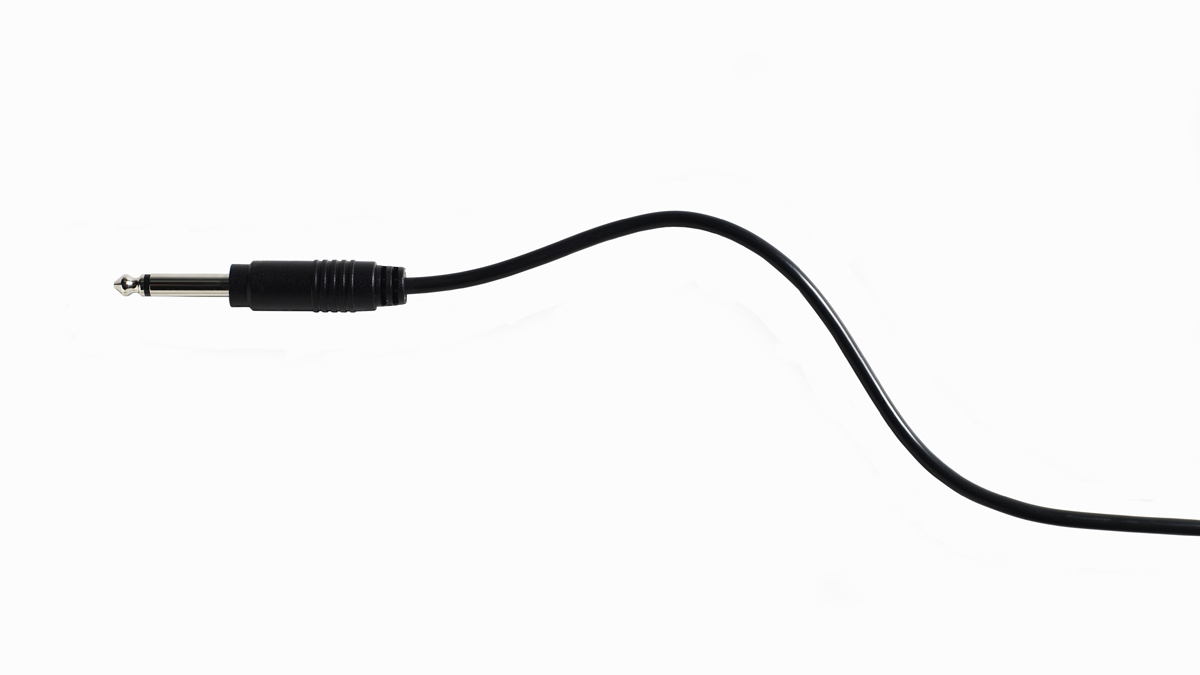
J is for Jacks
All that’s technically required to get a Eurorack synth’s output into your audio interface, for recording, is to convert the mono 3.5mm jack outputs of your Eurorack module to 6.35mm with an adapter or cable.
There is nothing inherently magical about Eurorack audio signals - just be aware that modular ‘level’ is much louder/hotter than line level, so you will very likely need to attenuate the signal as or before it enters the audio interface.
Engage your interface’s pad control, or invest in a passive attenuator module in your load-out - it’ll be useful for much more than just recording purposes.
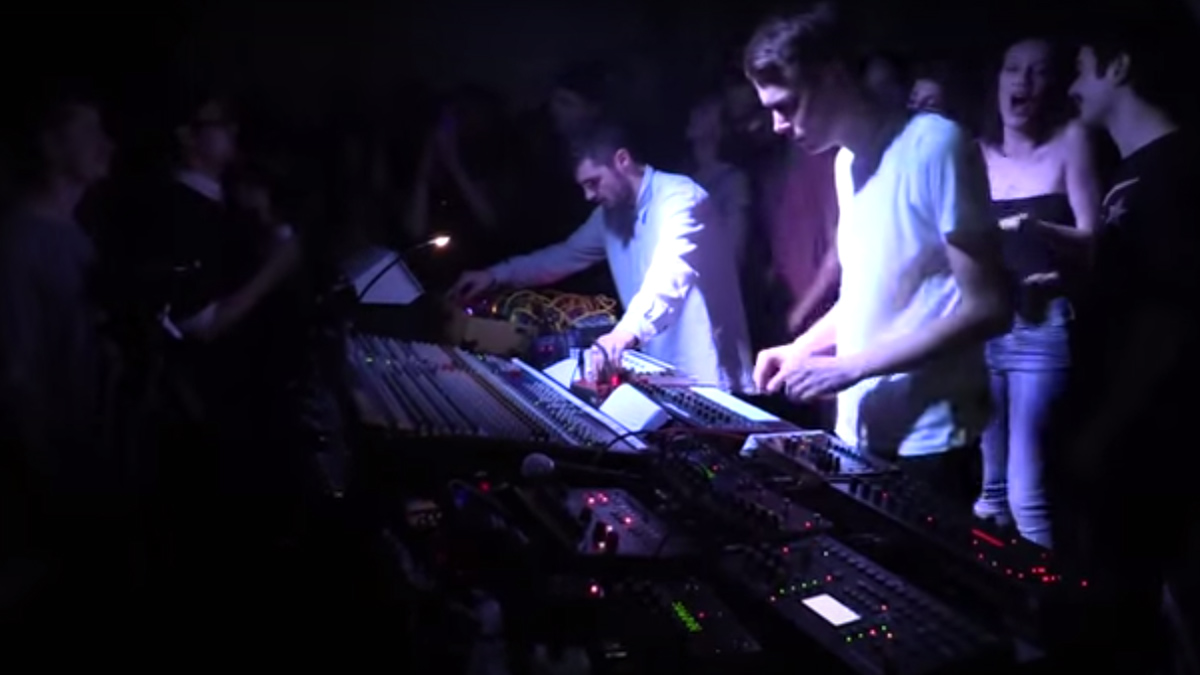
K is for Karenn
It’s more common than ever to see Euroracks popping up in Boiler Room live sets, and Blawan and Pariah’s pairing as Karenn is quite the hybrid, with Pariah manning a stack of desktop hardware and Blawan a natty tweed Eastwick Eurorack case, all in the name of ruthless improvised techno.
Seek out these videos, and the hybrid Modular/DJ sets of Surgeon (and indeed Blawan and Surgeon’s double modular live-show pairing as Trade), to see Eurorack performance systems used in pursuit of a merciless groove, rather than undanceable noise.
Blawan’s system will be ever-changing, but, in interviews, he’s singled out the complex and memory-packed Orthogonal Devices ER-101 sequencer and the jack-of-all-trades Mutable Instrument Braids voice as top faves.

L is for Lack of Limitations
There’s a reason this format has earned the nickname ‘Eurocrack’. The buying addiction of Eurorack is basically a microcosm of the buying cycles of normal music hardware but at a crazily accelerated level, and it's easy to lose perspective when some fabulous new module is announced.
Just use the system daily. Try to only cave in and buy a new module when you find yourself trying to repeatedly do something, whatever that may be, and you can't.
In use, too, the Eurorack user needs to stay focused in the face of the time-dissolving power of a modular. Making a track and need a colossal bass sound? No problem. Then, staring at the modular you realise you’ve just been patching non stop for two hours, and still haven’t settled on a sound, and it’s time for bed.
It's easily done. Master it, and don’t let it master you.
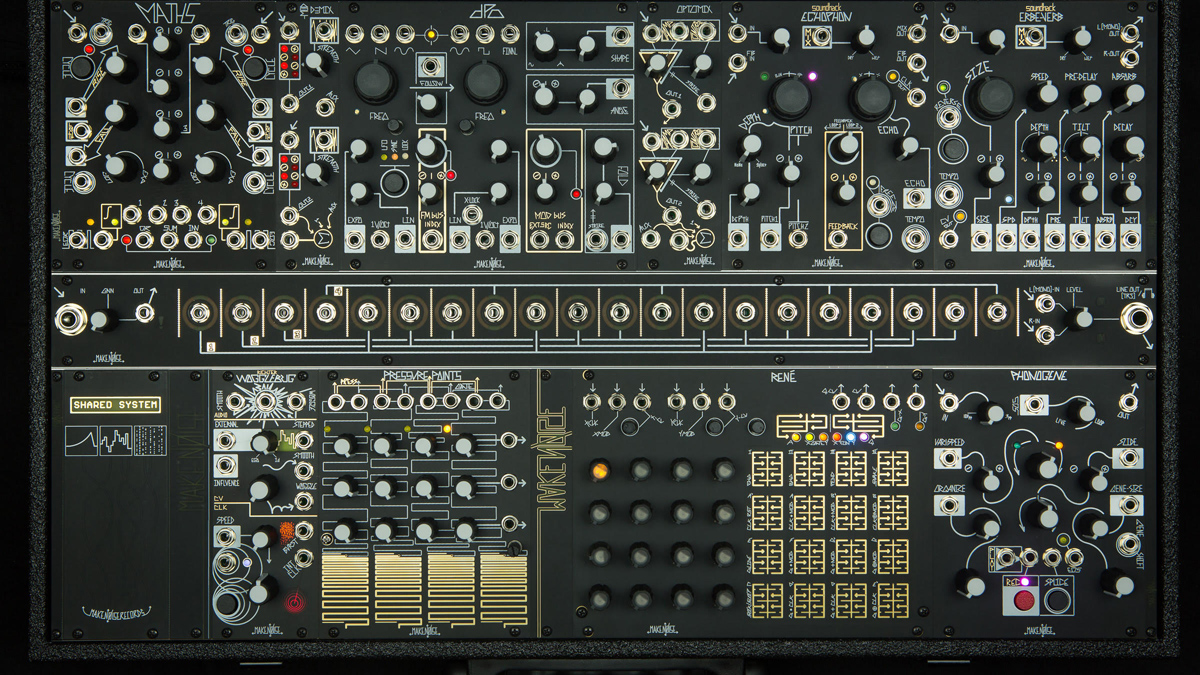
M is for Make Noise and Mutable Instruments
Ex-Moog employee Tony Rolando's company Make Noise has become the face of West Coast Eurorack along with Sputnik Modular, distilling many of Buchla and Serge's concepts into Euro, to the delight of many.
But the company has plenty of original ideas, with its Rene X/Y touchplate sequencer and hugely successful ongoing collab with DSP legend Tom Erbe leading to a host of essential panels: the Echophon pitchshifting delay, 10/10 'modeless' algorithm Erbe Verb reverb and recent additive-but-actually-quick-to-use Telharmonic voice.
Mutable Instruments
Parisian Olivier Gillet of Mutable Instruments is a hardware and software Renaissance man, once maker of a piece of software called Bhaji's Loops for the Palm (Remember that? Never mind...) and more recently, developer of the rather marvellous Shruthi hybrid analogue/digital DIY synth kits.
Turning his attention to Eurorack, he soon decided to pack the rest of it in as he's struck a groove combining elegantly refined control with unique and fantastic DSP, perhaps best exemplified in the do-it-all Braids, and recently the wild granular sampler Clouds and modal synth voice Elements.
All Mutable Instruments modules are open source (you can technically DIY them from scratch, but there are no kits so good luck). His designs are pretty remarkable, and his success is unsurprising and well deserved.
Is genius too strong a word? We'll go for "highly applied DSP apothecary with a knack for delivering on his promises" instead.

N is for Noob
With over 1000 modules to choose from, where do you even start? The simplest thing is decide what you want your Eurorack to sound like. There are filters and oscillators to cater for nearly any sound or style of synthesis imaginable, and many based on classic synths we all lust after. The key is just settling on the sort of voice you want it to have, and looking for the modules that match that and your budget.
Do you want it to be some kind of sampling granular effects unit, a groovebox, a West Coast voice, an East Coast voice, a sequencing rig, polyphonic?
Join the peculiarly named (but welcoming) Muffwiggler forum, which is pretty much the online centre of Eurorack, and make use of its search function to research opinions, suggestions and options.
Join Modulargrid to plan and research rigs and modules. And call your nearest modular shop, and schedule a demo. Just know that research is no substitute for hands-on experience, so ultimately you just need to plonk down your cash and be guided by what you’ve got (and what you realise you’re missing).
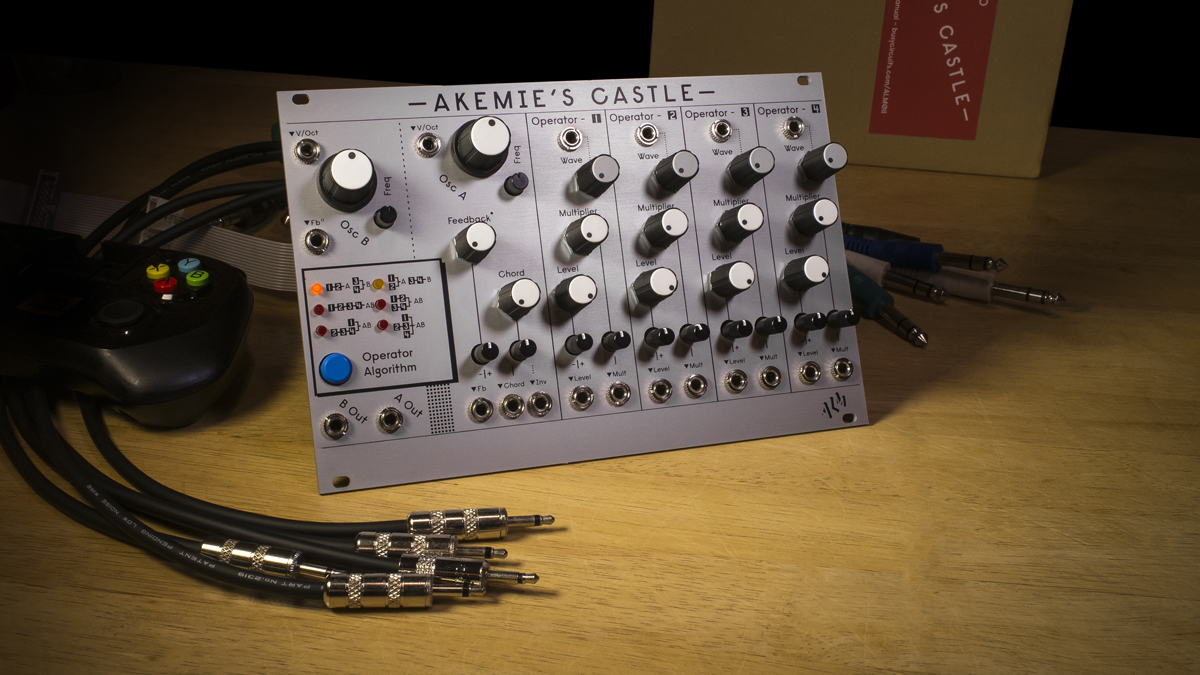
O is for Oscillator
The primary noise-maker in synths, and in Eurorack you’ll find both analogue and digital models to cater for basically any taste. Just don’t fall into the trap of writing off digital VCOs on sight since ‘only analogue will do’, because, unquestionably, some of Eurorack’s deepest, most versatile and just plain inspiring VCOs are digital.
Google any of these (mainly digital) VCOs and have your mind blown: ALM Akemie’s Castle, Harvestman Piston Honda MKII and Hertz Donut MKII, Intellijel Shapeshifter and Cyclebox and Rubicon, Livewire AFG, Make Noise DPO and Telharmonic, Mutable Instruments Braids and Elements, Noise Engineering Loquelic Iteritas, Waldorf NW-1, and WMD PDO MK2.
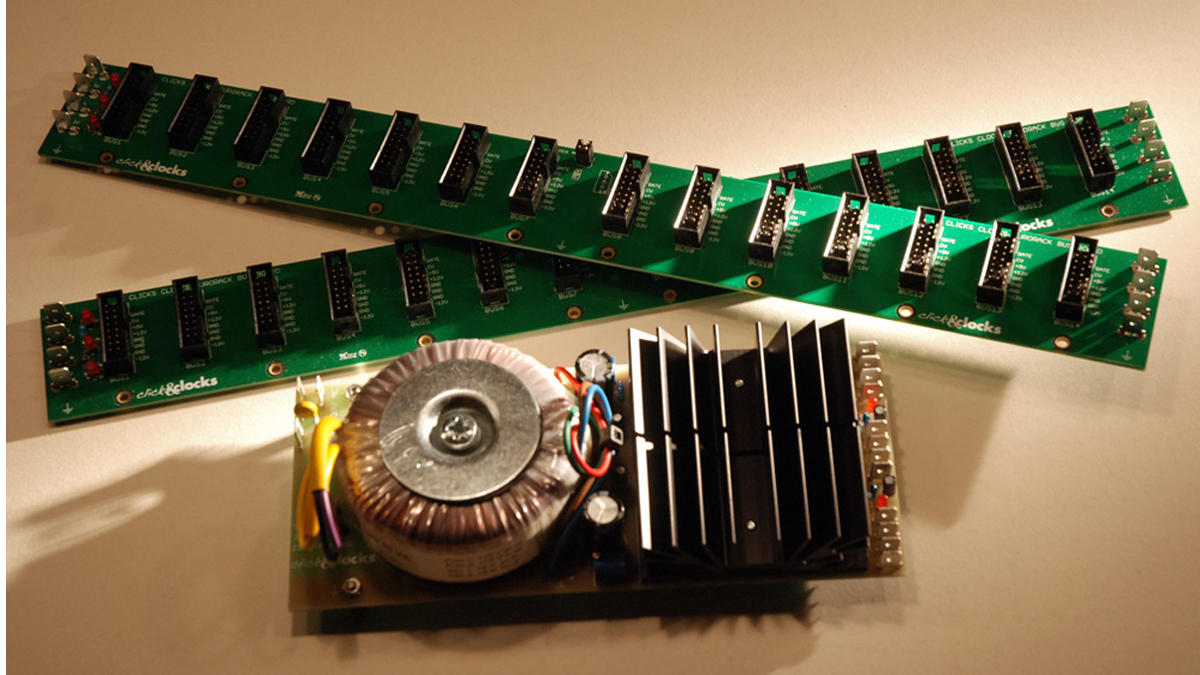
P is for Power
Eurorack power is administered to Eurorack modules via ribbon cables which must be carefully connected the correct way around.
This is very important as (depending on whether the manufacturer bothered to put in reverse power protection) it is entirely possible to kill your modules if you plug them in backwards. It’s like with batteries; there is a '+' and a '-' side, and the '-12V' side is usually marked on the module (but sometimes not!) and on the ribbon cable with a red line.
Be VERY careful to follow your ribbon cable and confirm that the -12V output on your power board is actually going into the -12V input on your module. Some cables and power boards are ‘keyed’ in that they cannot be plugged in the wrong way round, which sounds helpful till you realise it’s possible the person who made the cable crimped one of the connector ends back to front. That happens. Never assume. Triple check before you turn it on.
After the most affordable no-DIY-required starter ‘case’? Tiptop Audio Happy Ending Kit. Need more juice and rows? Doepfer DIY Kit #1.
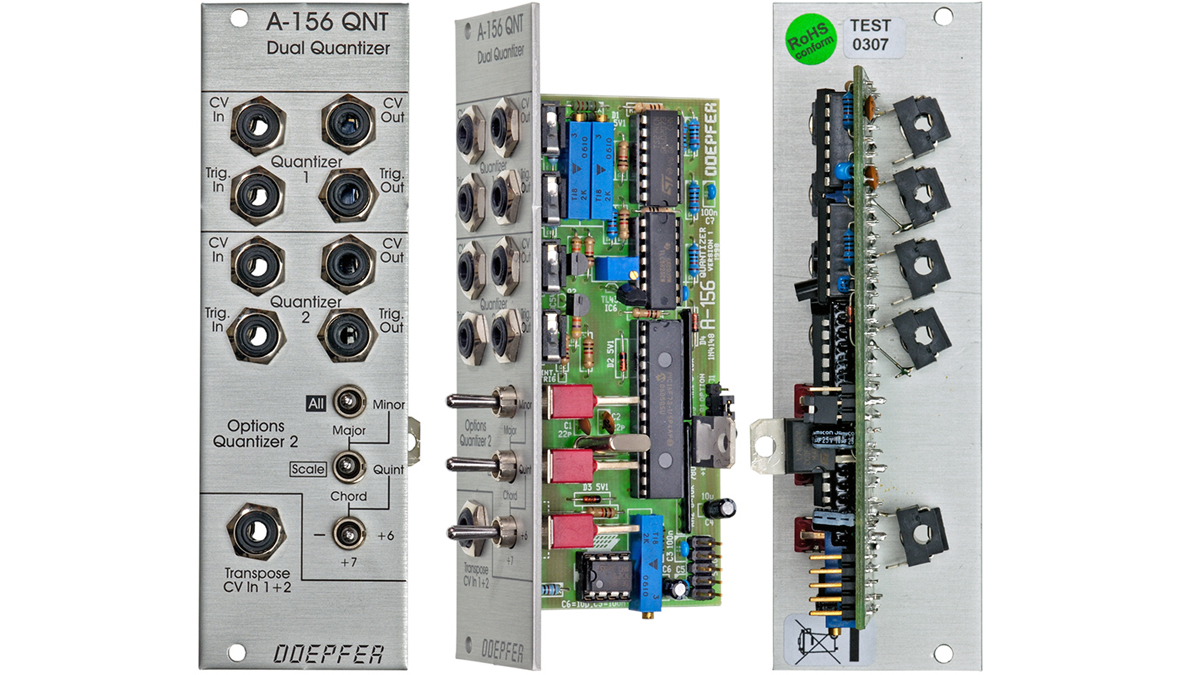
Q is for Quantizer
In this case, we mean pitch quantizers. These are the most marvellous of devices as they take ‘unmusical’ signals, by which we mean signals that aren’t adhering to the equally-tempered scale, such as those from LFOs, analogue sequencers and random voltage generators, and force their voltages to conform to a scale.
This turns an LFO into an arpeggiator, it turns random looping voltage generators like the Music Thing Turing Machine into sequencers. Intellijel’s uScale is a fine choice, as it lets us push buttons representing a keyboard scale and conform voltages to custom selections.
However, Doepfer’s affordable A-156 lets us constrain two separate signals to the same (or different scales) and, better yet, ADDAC’s almighty Intuitive Quantizer lets us constrain four. Now we could have four sequences going, all correctly tuned to the same scale - very, very handy if we want to build a live performance rig.
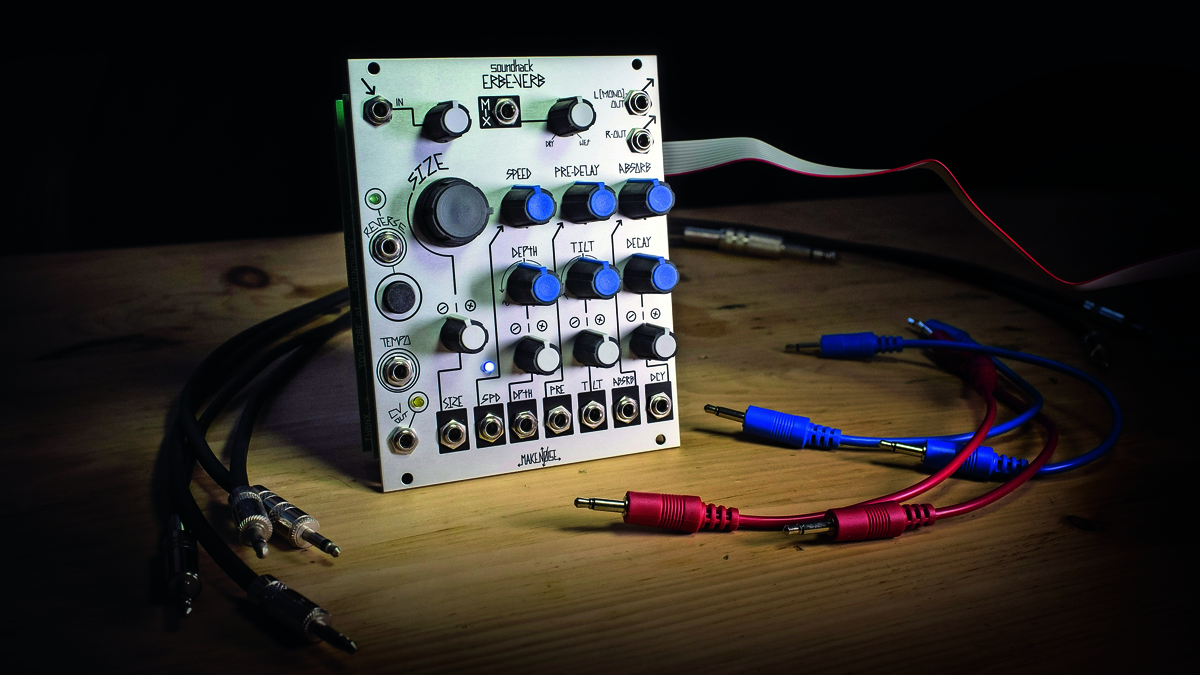
R is for Reverbs
You might think reverbs (and delays, choruses etc) are things best administered by your computer but you'd be sorely missing out if you do. Some highlights in the Eurorack world include Mutable Instruments' Clouds - an effect that is basically an oscillator and a sampler and looper and pitch shifting delay and reverb all in one (look for the ‘Parasites’ firmware to expand its reverb capabilities).
We have affordable but lush-sounding mechanical Spring reverbs like the Doepfer A-199, Make Noises' stunning DSP Erbe Verb and Tiptop's open-platform Z-DSP, which algorithmic reverb plugin wizard Valhalla DSP has created the 'Halls Of Valhalla' cart for. There are many more, with feedback loops and CV inputs supplied for weird parameter mangling.
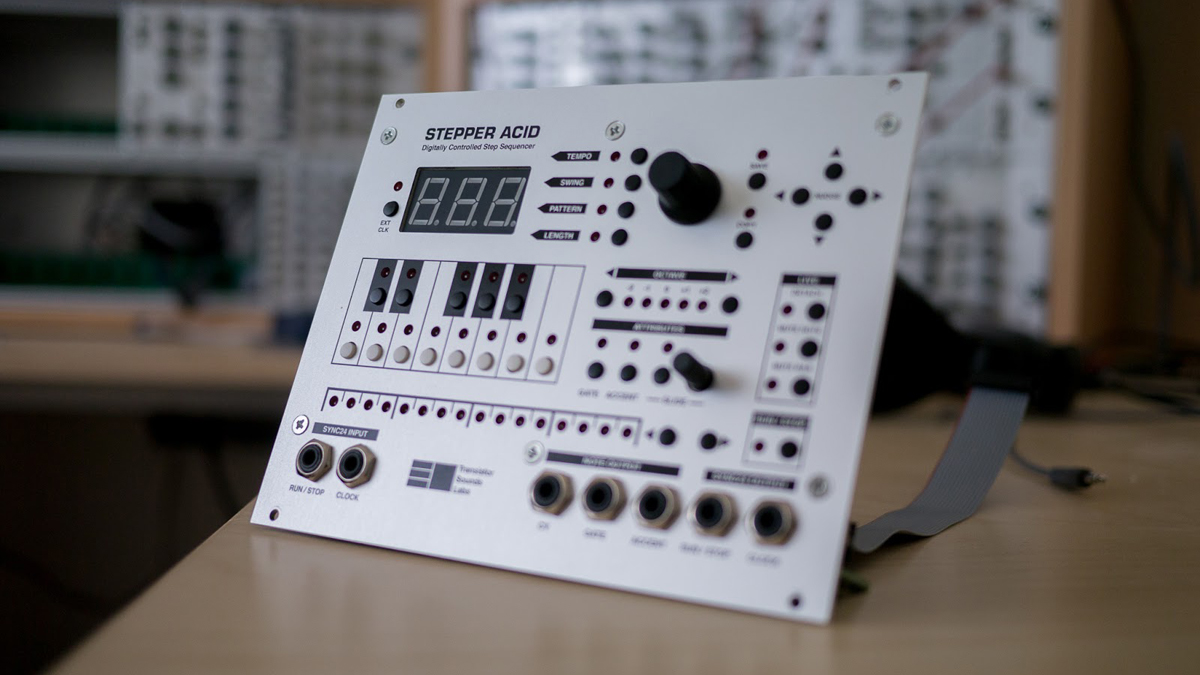
S is for Sequencers
You might think you'd be better off just USB/MIDI > CV'ing your modular in order to control it, which is great. But built-in sequencing is the key to turning a sound design tool into a track ideas tool.
There are compact sequencers to fit any case (XAOC Tirana, only 6HP and multi-unit chainable) which make excellent modulation sources, too.
There are also bigger traditional analogue step sequencers (Hexinverter Orbitals, XAOC Moskwa), touch-plated variants (Make Noise Pressure Points + Brains, Rene), Roland MC-4 grade monsters like the Orthogonal Devices ER-101, the 303-ish (but actually nice to program) Transistor Sounds Labs Stepper Acid, the deep Elektron-ish Audio Damage Sequencer 1 and Detroit darling Intellijel's Metropolis.
Then you have MIDI > CV modules which are also sequencers, such as the 4-channel Mutable Instruments Yarns. And there are transcendent modules like the Monome Teletype, an open coding platform which you can program up to be whatever you like, including a complex sequencer...
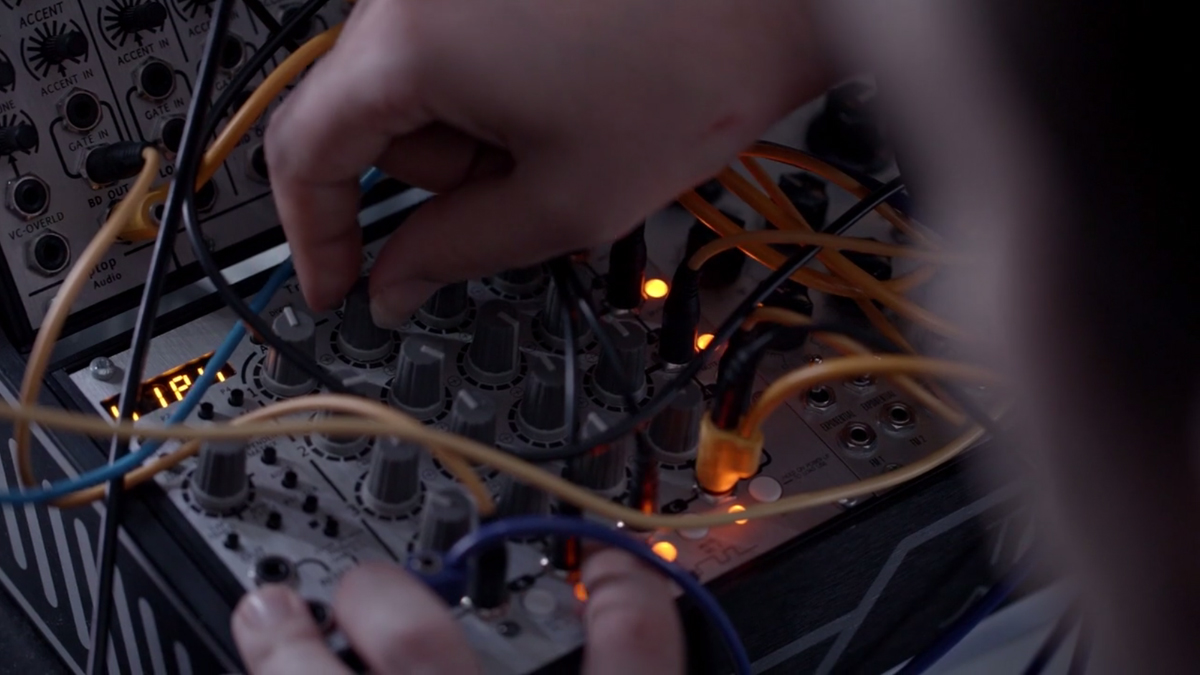
T is for Tiptop Audio
Tiptop Audio is one of the big success stories of the more recent Eurorack boom, and well known for its Happy Ending Kit, still one of the best value all in one starter ‘cases’ (it’s open at the back) for Eurorack.
There’s a definite predilection for live techno, as the company's series of authentic-sounding 808 and 909 voice modules can often be heard pounding away live at trade shows.
The company's recent Circadian Rhythms sequencer is a fine choice for programming them, and pairs with its solidly made and fabulous sounding Z3000 oscillators, Z2040 ‘oldschool’ Prophet filter and deep Z8000 matrix sequencer for floor filling nirvana.
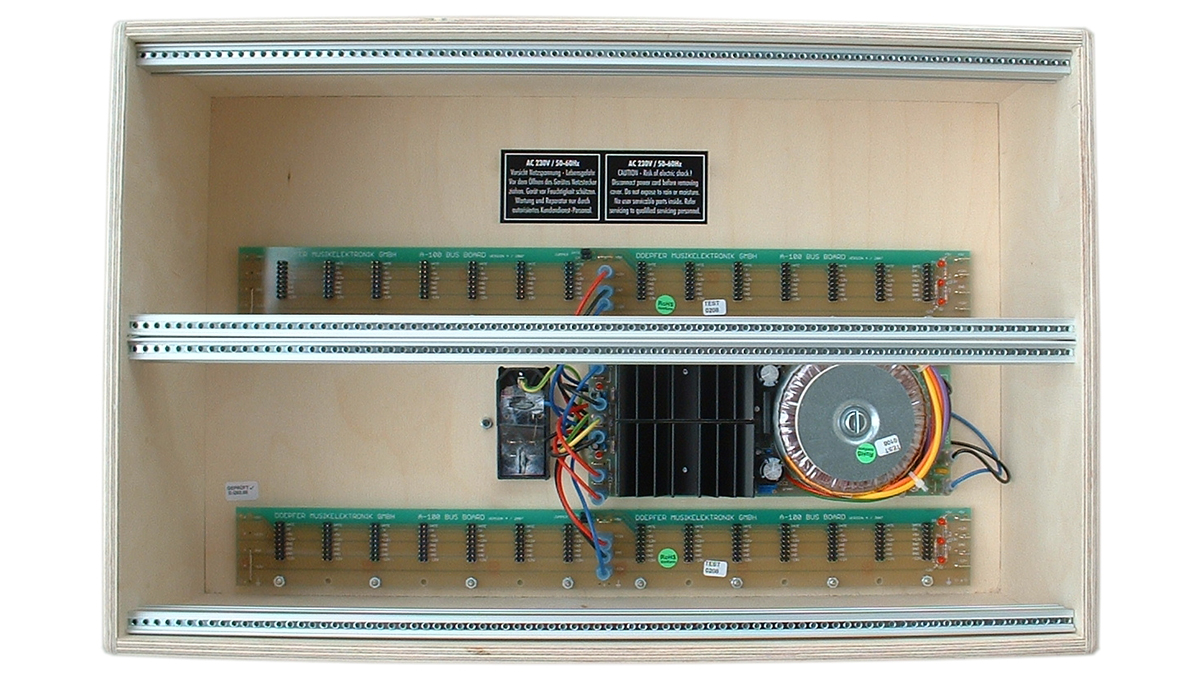
U is for Units
...As in Rack Units, the measurement of height in a Euro case. Traditionally, this would always be measured in units of three, since one row was always the equivalent to 3U, as you’d know from hardware rack gear.
There is now a new wave of 1U ‘Tile’ modules pioneered by Erthenvar, which are excellent for shoehorning a row of useful utilities into a compact row above, below or in between your 3U rows. You can start your system modestly with a 3U Happy Ending kit, though many ‘Eurocrackers’ would probably advise going a touch bigger, with 6U affording some room to fit in sequencing, and 9U being a good all-round balance.
Look for Doepfer’s LC3, LC6 and LC9 ‘Low Cost’ cases as probably the best value all-round options available, unless you fancy some DIY.
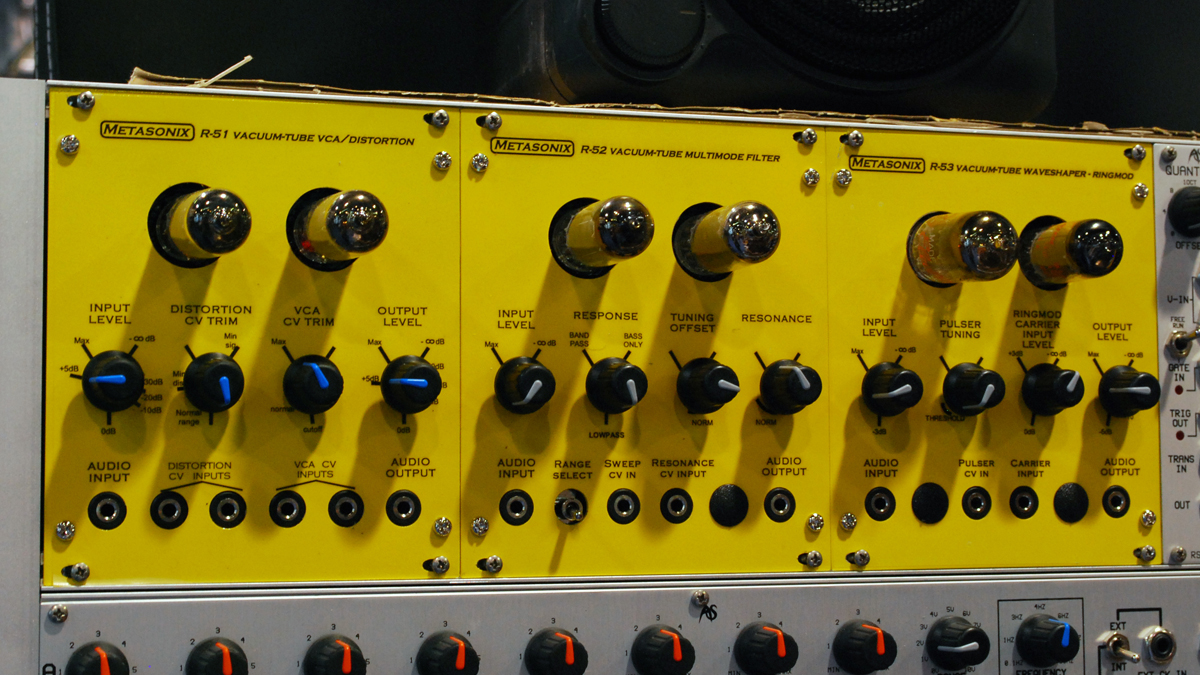
V is Valves
Eric Barbour of foul-mouthed yellow-fronted Metasonix is the man behind the all-tube guitar amp known as the ‘Fucking Fucker’. The company is also a Eurorack manufacturer with equally unapologetic designs (with more polite names) featuring hot tubes poking out of bright yellow panels.
The circuits are highly esoteric, sold on the peculiarity and interaction characteristics of the tubes chosen, and include VCOs, flters, waveshapers and even a reverb. Want sonic filth and wildness? Look no further.
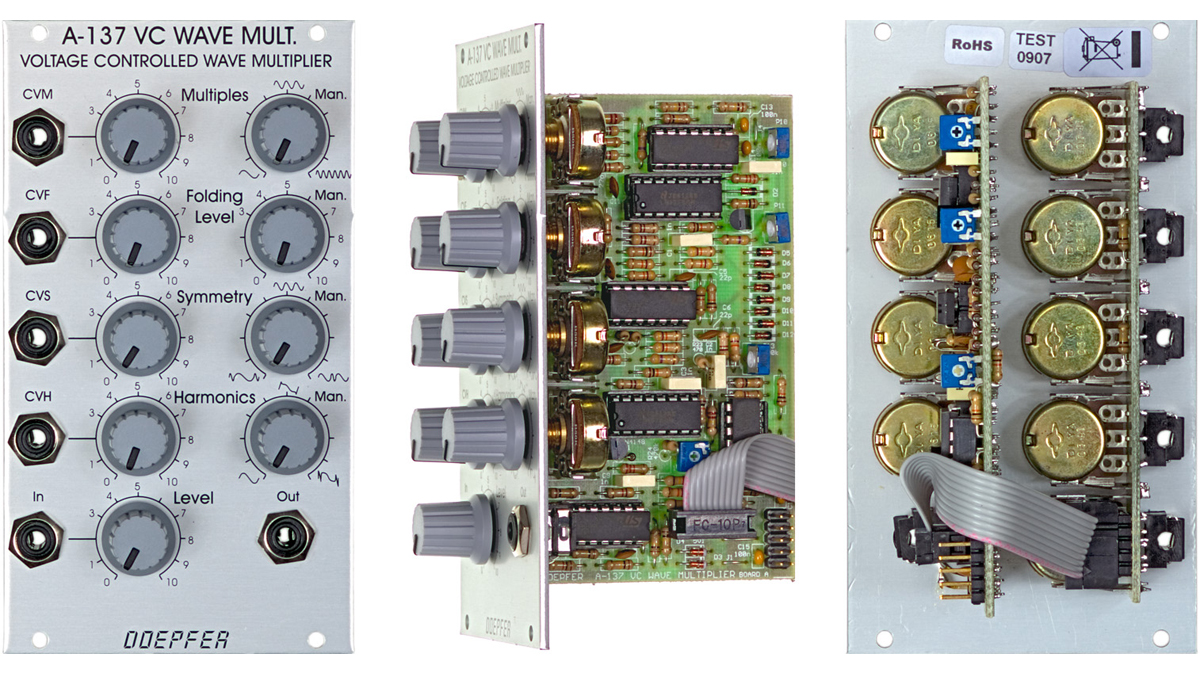
W is for Wavefolder
Wavefolders are a genre of effects seemingly not so well known in the digital world (but there are some good ones), but well represented in Eurorack. These are processors which take simple waveforms and warp and bend them into more complex shapes.
Along with FM synthesis, they’re key to West Coast synthesis and arguably every Eurorack system should have at least one, perhaps sat next to a 1V/Oct tracking resonant filter to make a VCO. Check out the Intellijel uFold, Doepfer A-137, Toppobrillo TWF and new WMD/SSF Ultrafold.
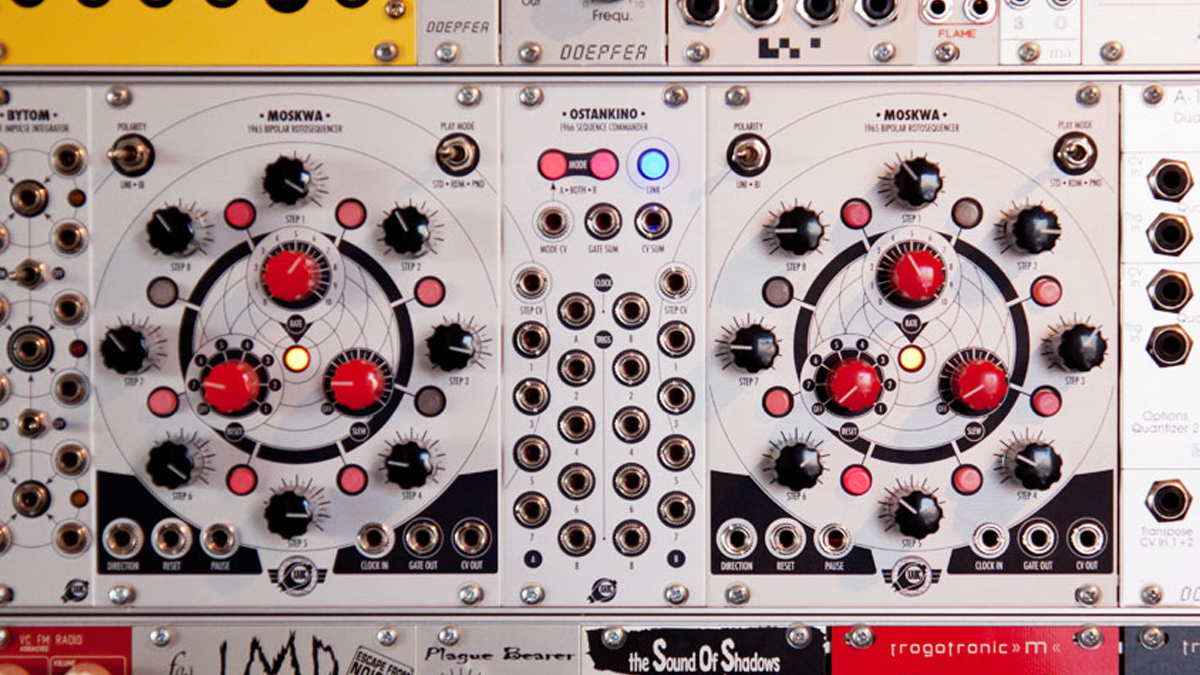
X is for XAOC Devices
Pronounced ‘Chaos’, this Polish manufacturer is steadily cranking out some of the most aesthetically pleasing and functionally well-designed modulation sources around, its most well known module the Moskwa ‘rotosequencer’ shoehorning eight steps into 20HP via Raymond Scott-esque ‘circle machine’ design.
Two Moskwa’s can be chained via the Ostankino ‘sequence commander’ for a complex setup, with XAOC Devices' diddy Tirana sequencer (6HP) and Batumi quad LFO (only 10HP) riding shotgun modulation wise.
If you do hanker for an ‘output’ module, the Sewastopol combines an external effects loop, external input (low level to modular level), output (vice versa), comparator (gate generator) and envelope follower into one. Świetnie!
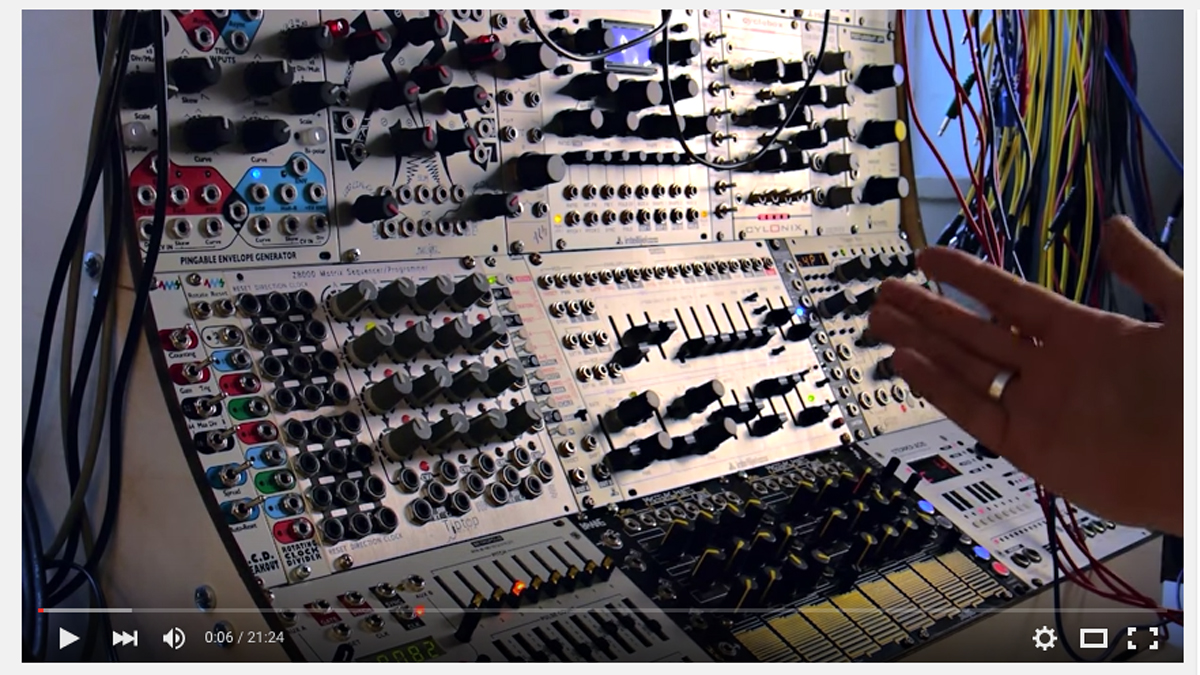
Y is for YouTube Demo
The ubiquitous TV-killer is a Godsend for many would-be Eurorack customers, as a good demo of some otherwise esoteric (and not widely available) module is often the confirmation of excellence we need when small and busy manufacturers lack the resources to create in-house video.
Remember to check Vimeo and SoundCloud for demos as well, but also bear in mind that nothing beats trying things for yourself, around shop staff who you can pester with questions. It might mean a train ride, but making the pilgrimage to an actual store may well save you a packet in the long run. Plus, you can have the pleasure of walking out clutching your newly purchased prize…
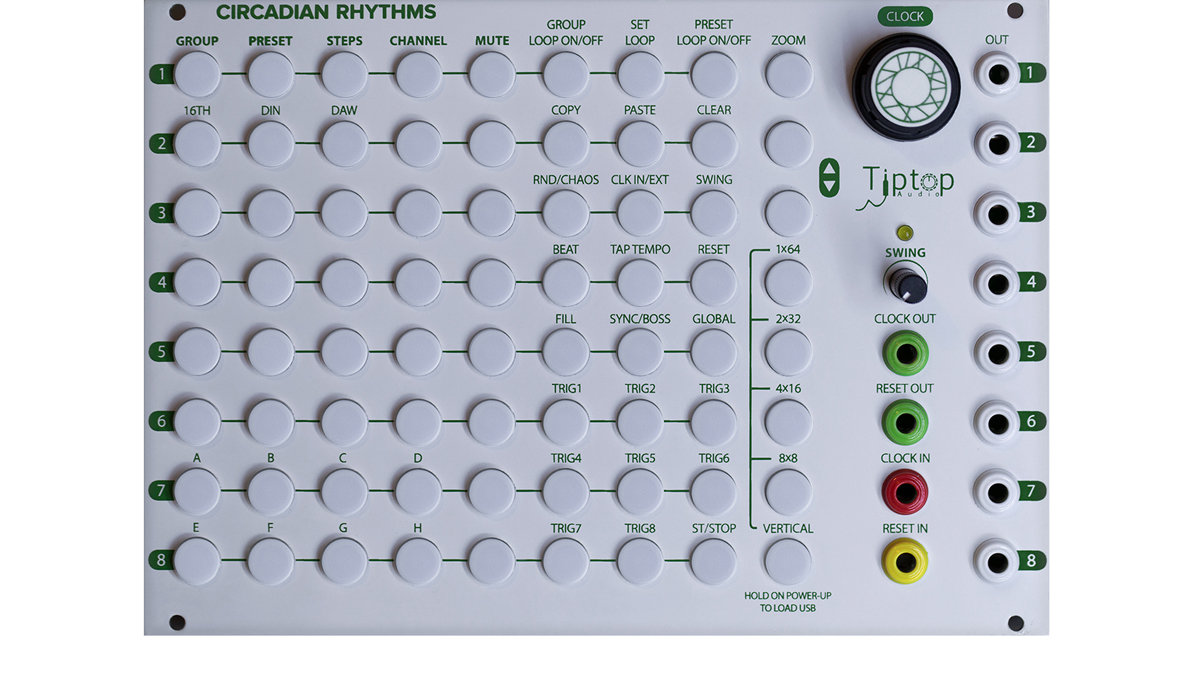
Z is Zularic Repetitor
As well as melodic sequencers, Eurorack has many amazing gate sequencers. MFB’s SEQ-03 (more than just a gate sequencer) and Tiptop Audio’s Circadian Rhythms are good examples of more ‘trad’ 808-style sequencers, but they’re the tip of the iceberg.
Tiptop Audio’s Trigger Riot is a remarkable rhythm generator combining logic and clock division and multiplication in one. In that vein, the Delptronics Trigger Man is worth considering too, and the ALM Busycircuits Pamela’s Workout, which combines more traditional clock dividers and multipliers (good for beat making) in one.
Then you have ‘preset’-based gate generators like the Noise Engineering Zularic Repetitor and Mutable Instruments Grids, which combine preset rhythms with algorithms, randomness and clock offsets for tried and tested rhythm structures which can be used then warped and randomised on command.
MusicRadar is the internet's most popular website for music-makers of all kinds, be they guitarists, drummers, keyboard players, DJs or producers.
GEAR: We help musicians find the best gear with top-ranking gear round-ups and high-quality, authoritative reviews by a wide team of highly experienced experts.
TIPS: We also provide tuition, from bite-sized tips to advanced work-outs and guidance from recognised musicians and stars.
STARS: We talk to artists and musicians about their creative processes, digging deep into the nuts and bolts of their gear and technique. We give fans an insight into the actual craft of music-making that no other music website can.
